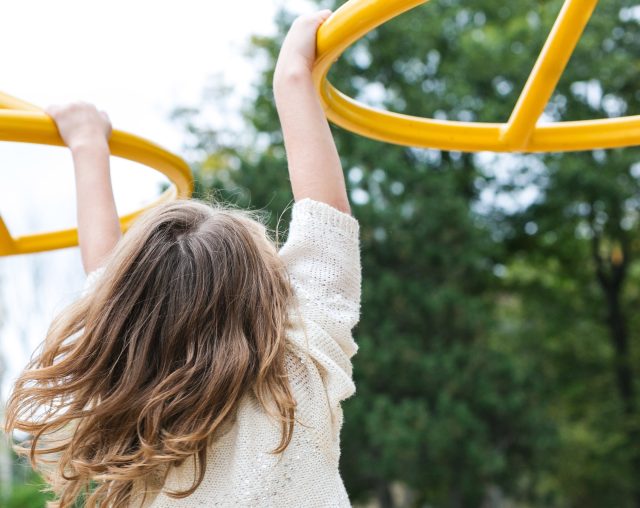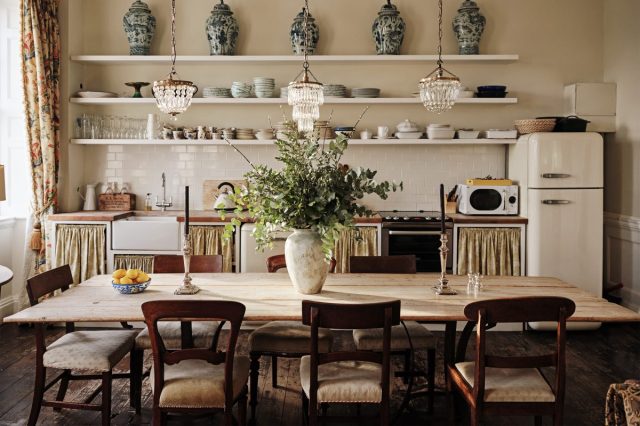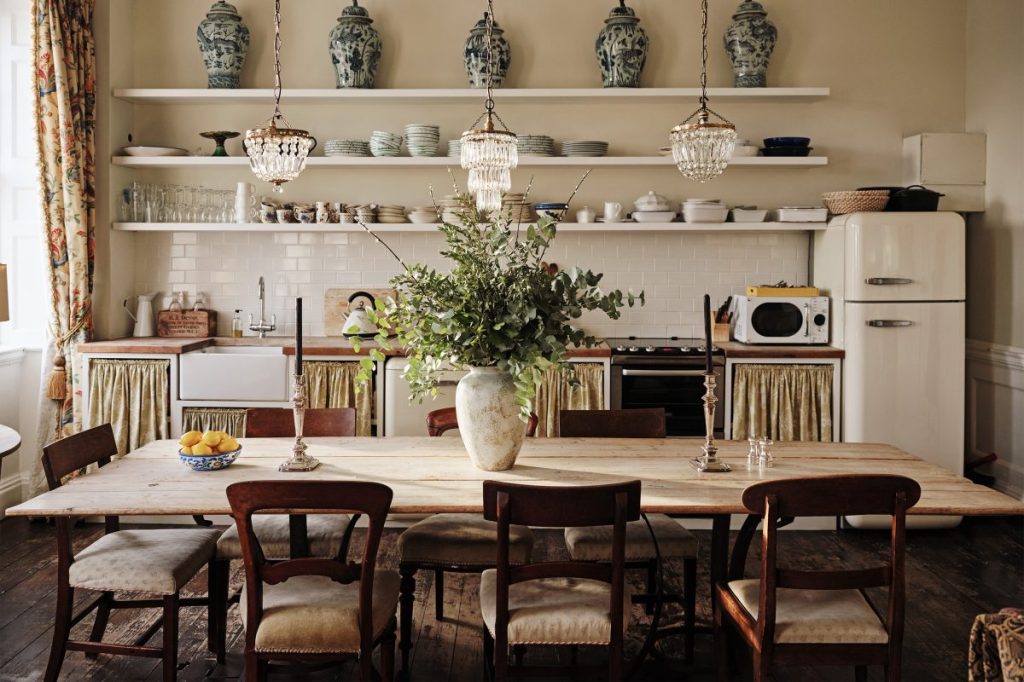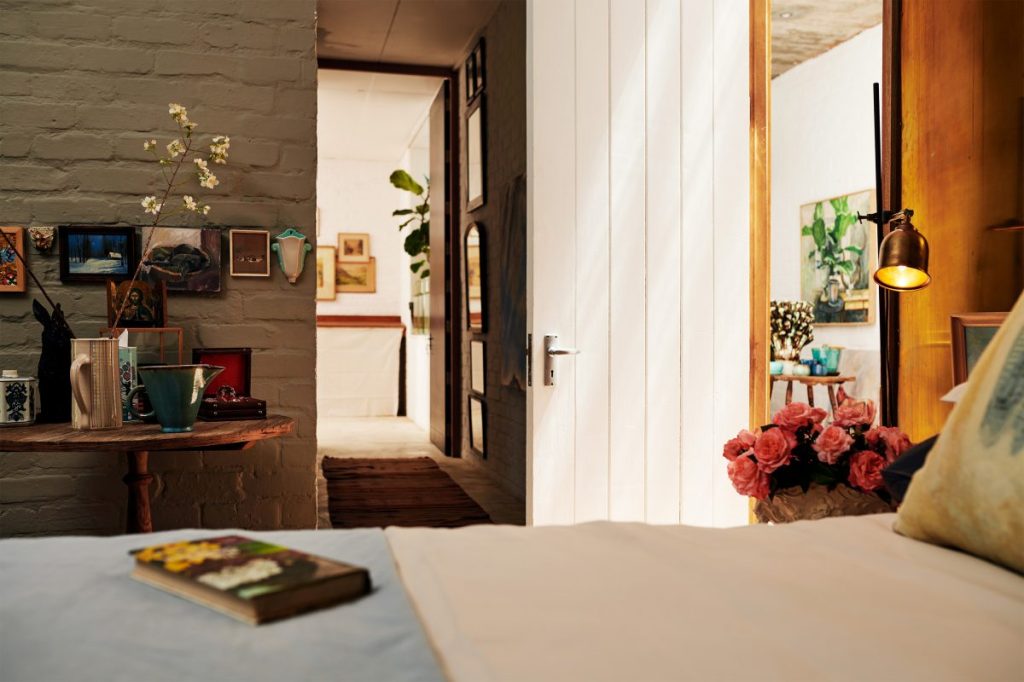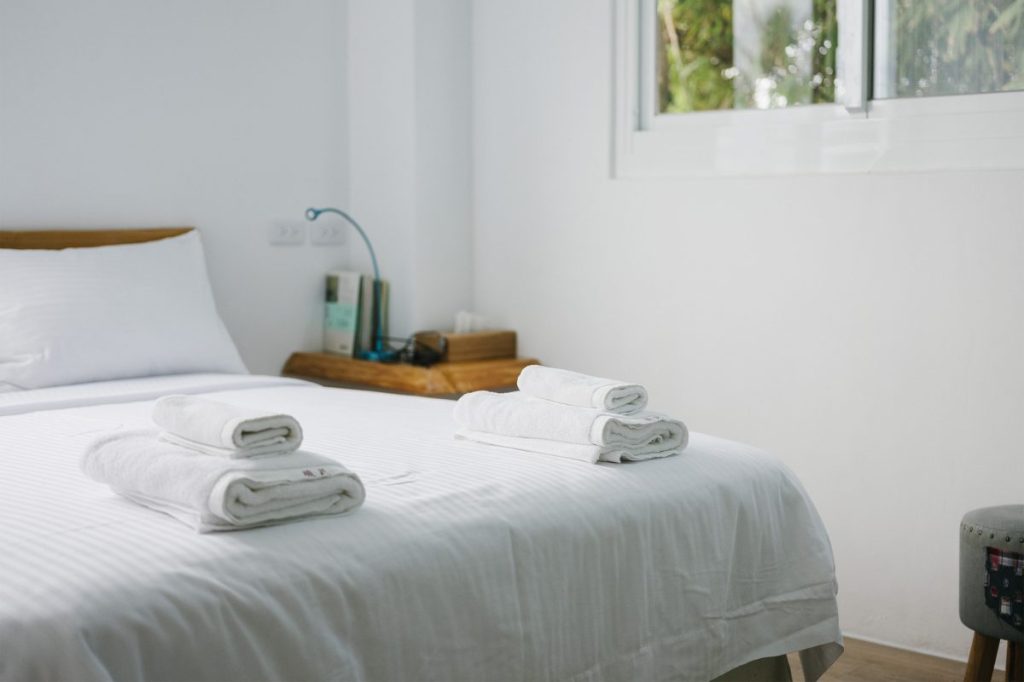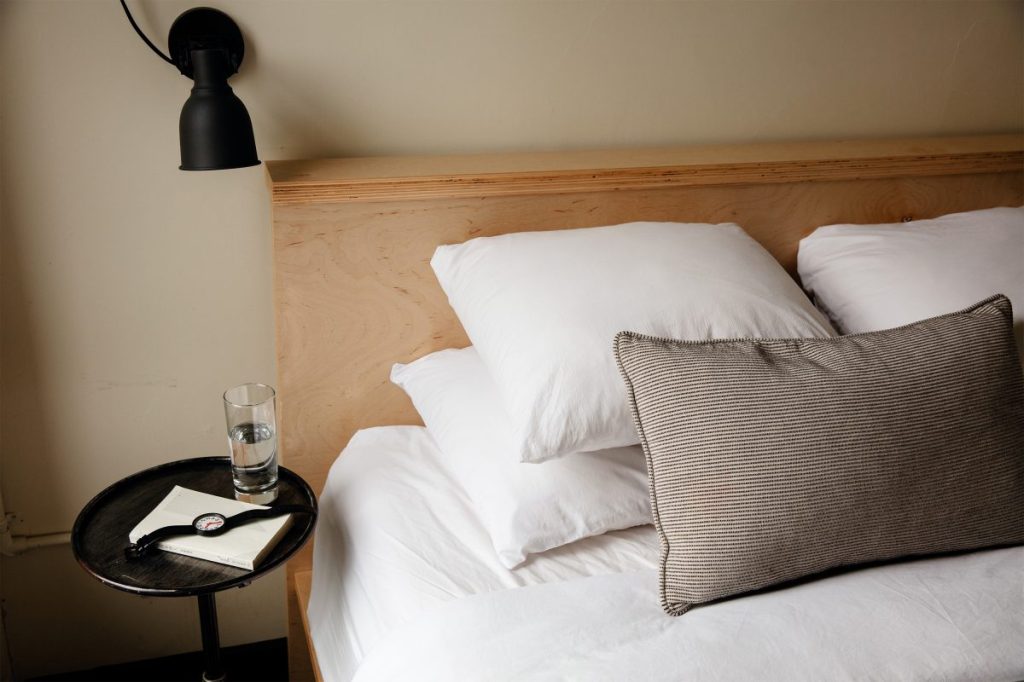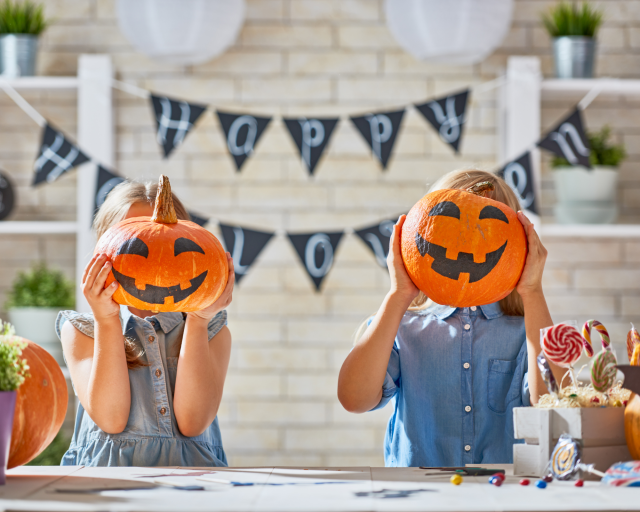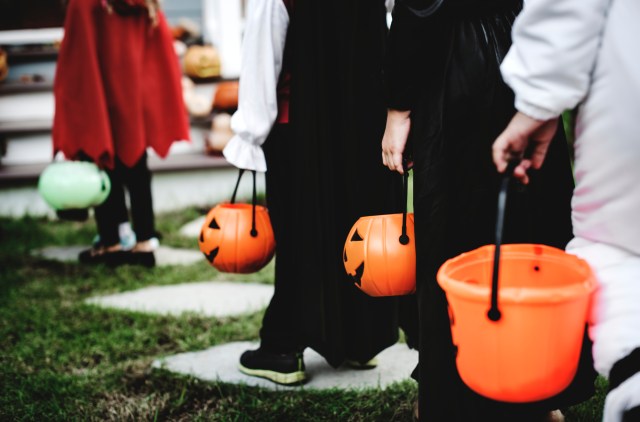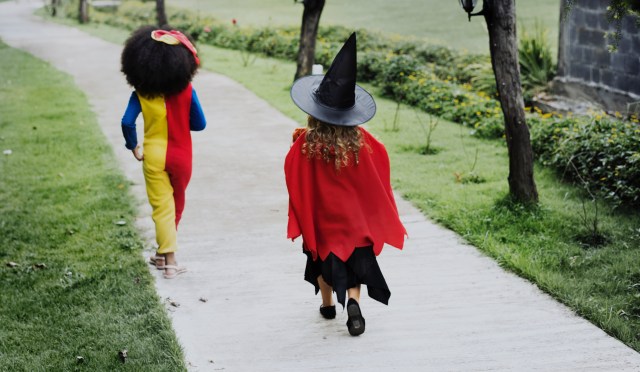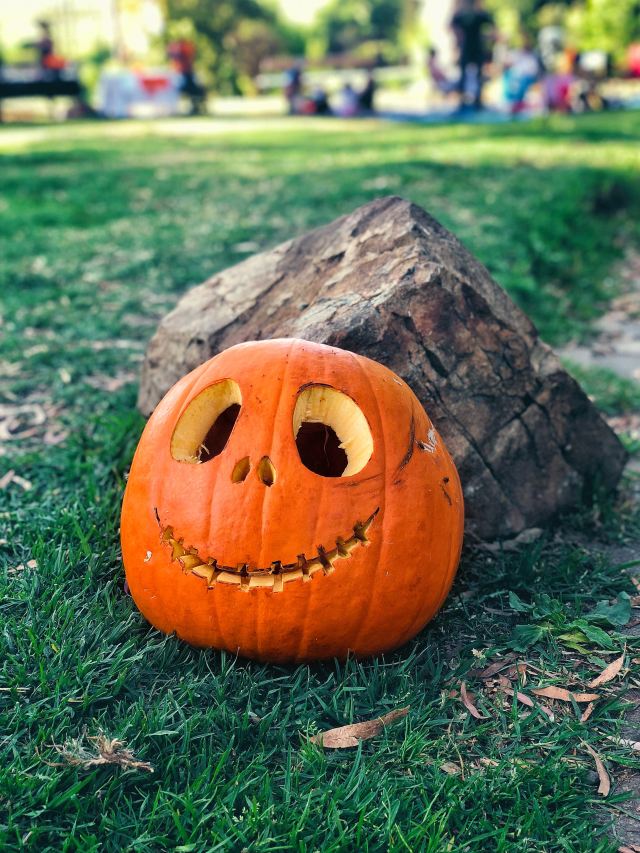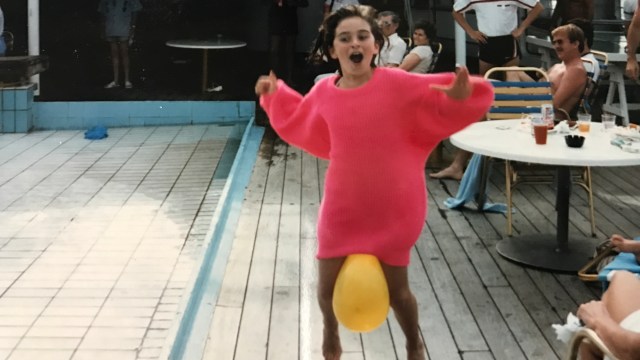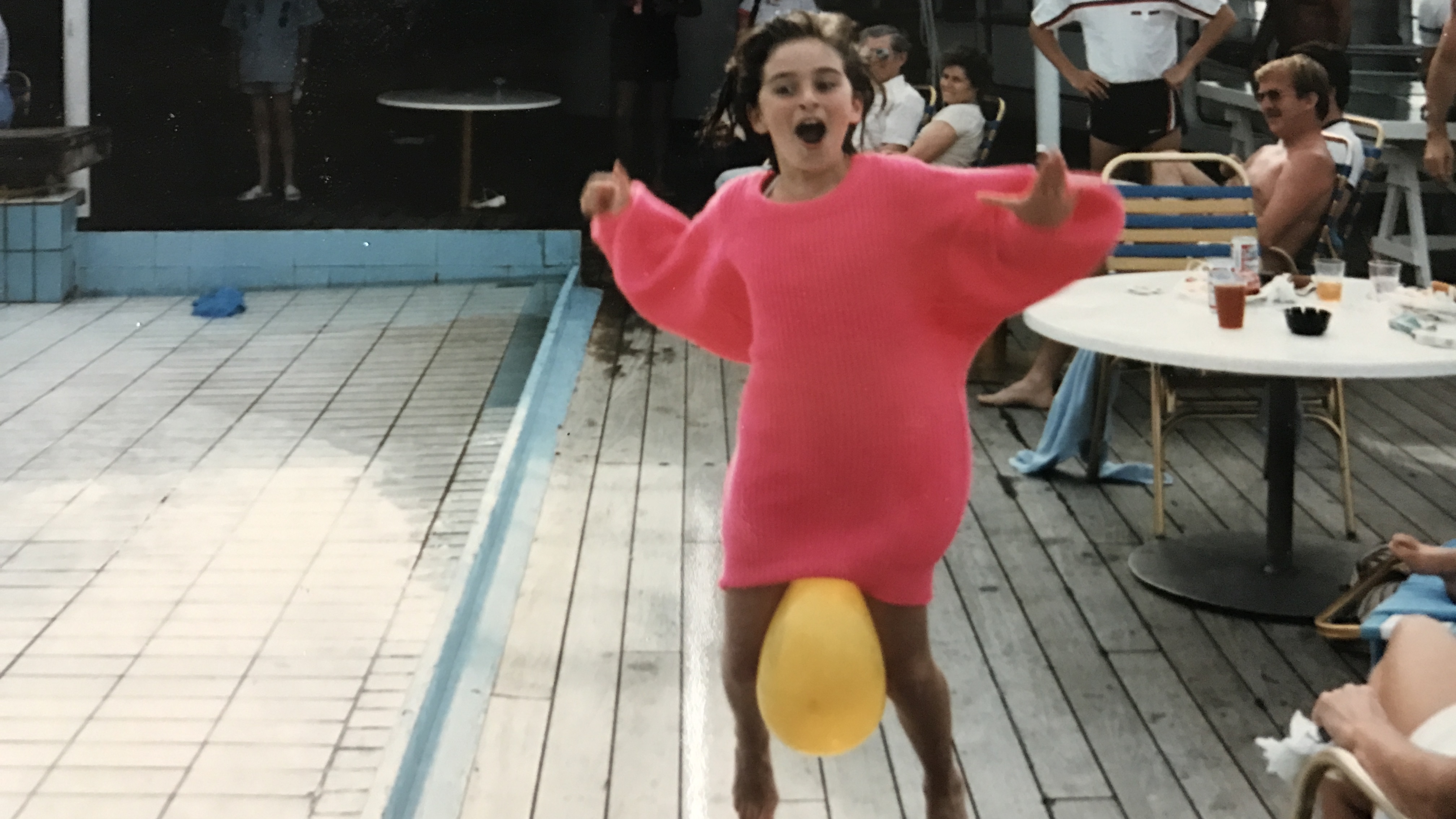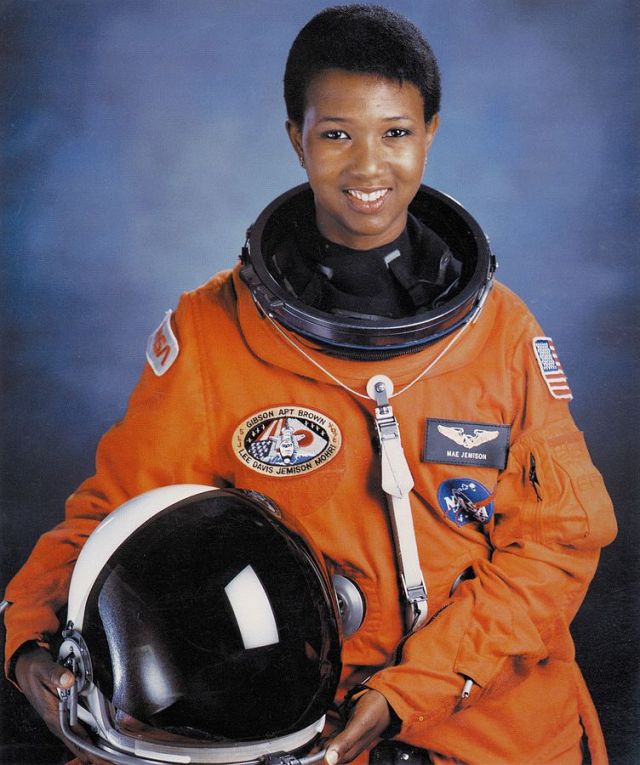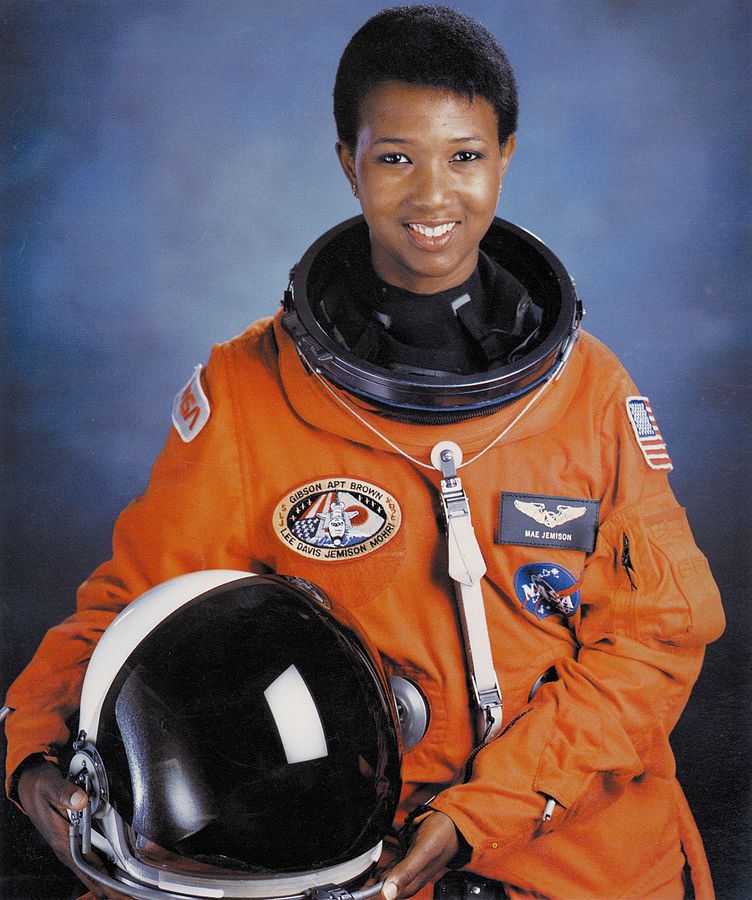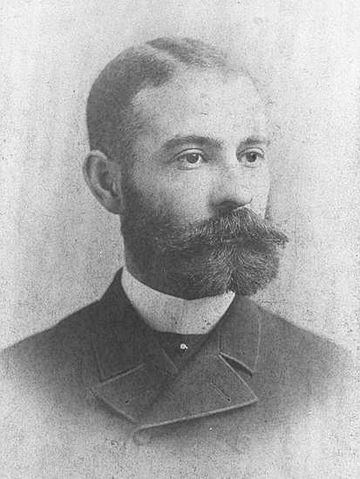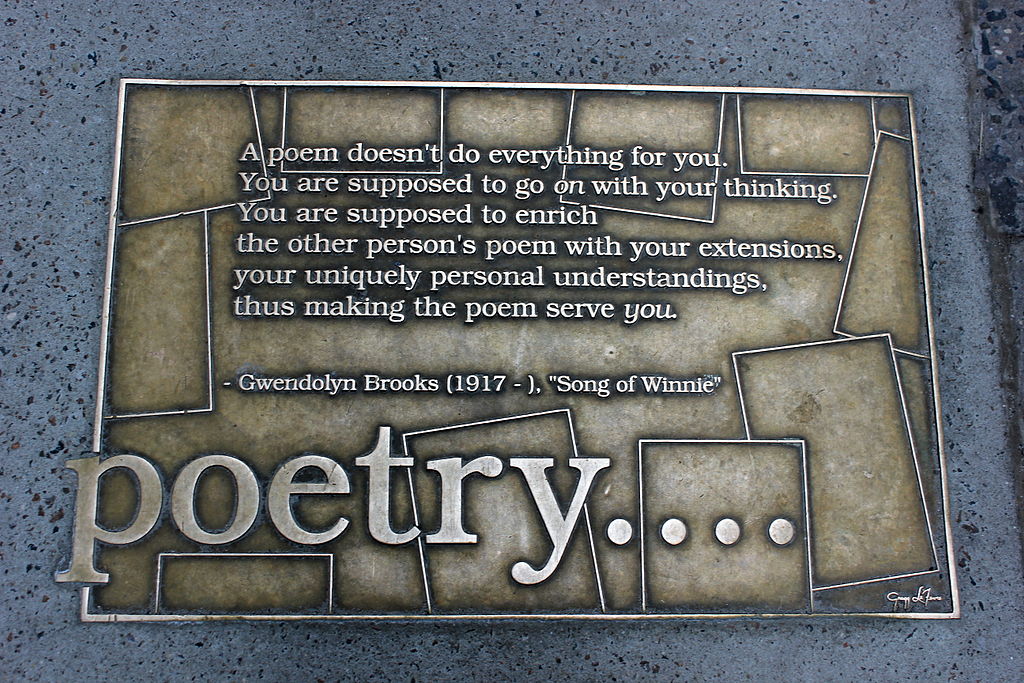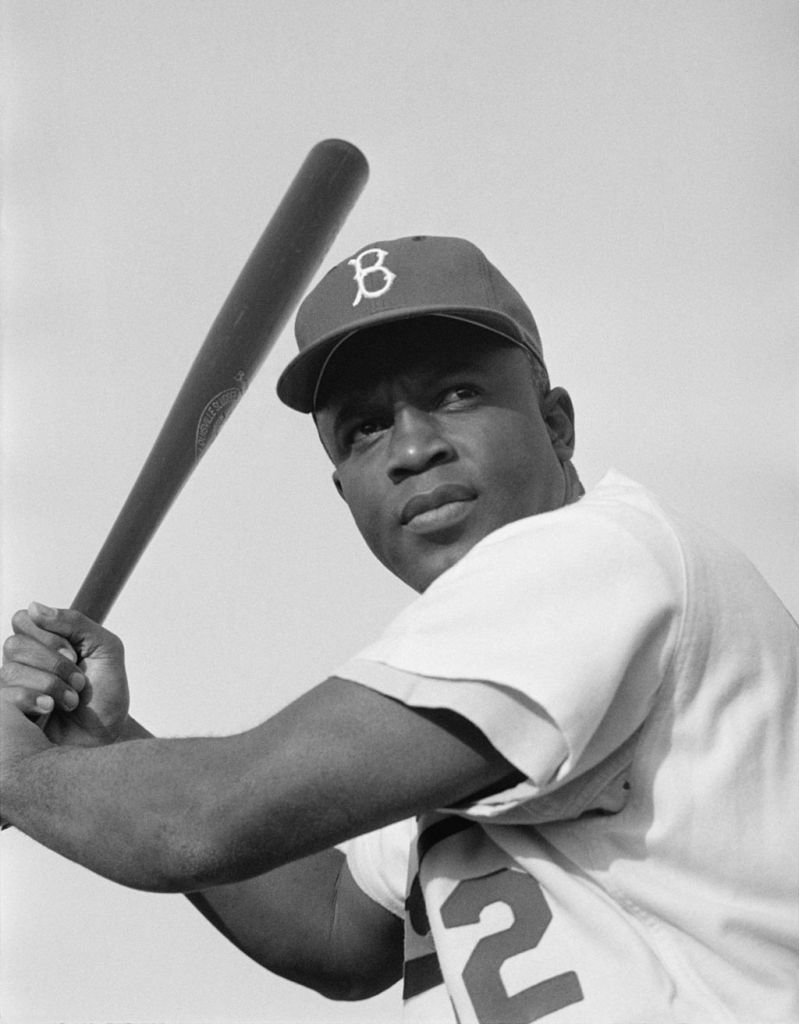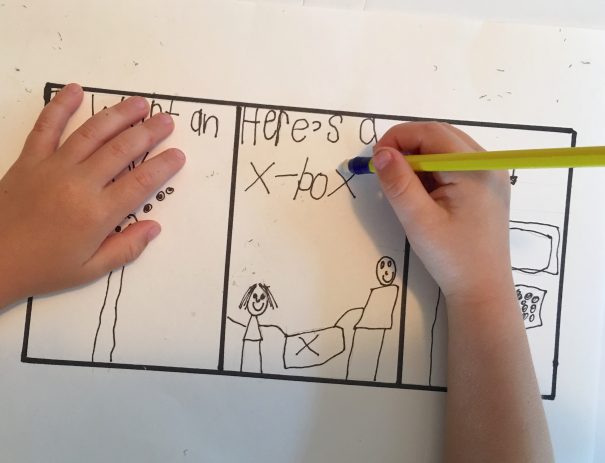School is out for the summer and playgrounds are in full swing. Whether you’re headed to the high tech new spot across town or the old faithful equipment around the corner, accidents happen. That’s why the American Academy of Orthopaedic Surgeons just released safety tips to keep your outside playtime fun, not frightening.
A child in the U.S. visits the emergency room for a playground-related injury every two-and-a-half minutes and ER departments see more than 220,000 children for these injuries each year, according to the Centers for Disease Control and Prevention. But many of these incidents are preventable by following these tips:
- Never go down a slide with a baby or toddler in your lap. The child’s foot can get caught underneath the adult’s leg and cause a twisting injury.
- Make sure your kids play on age-appropriate playground equipment.
- Check to see that there is enough space for children to easily get off the slide and look for crowding around exit areas.
- Double check climbing devices to make sure the handholds are the right size and secure.
- Swing seats are best made of plastic or rubber for better grip.
- Stay away from equipment with openings where your child’s head could get stuck.
- Make sure you can see your kids playing at all times.
- Use playgrounds that have soft surfaces (wood chips, mulch or shredded rubber) as opposed to hard surfaces like asphalt.
- In warm weather, check equipment before using to make sure it’s not too hot.
- Finally, look out for tripping hazards like rocks or sticks and remove from the area before playing.
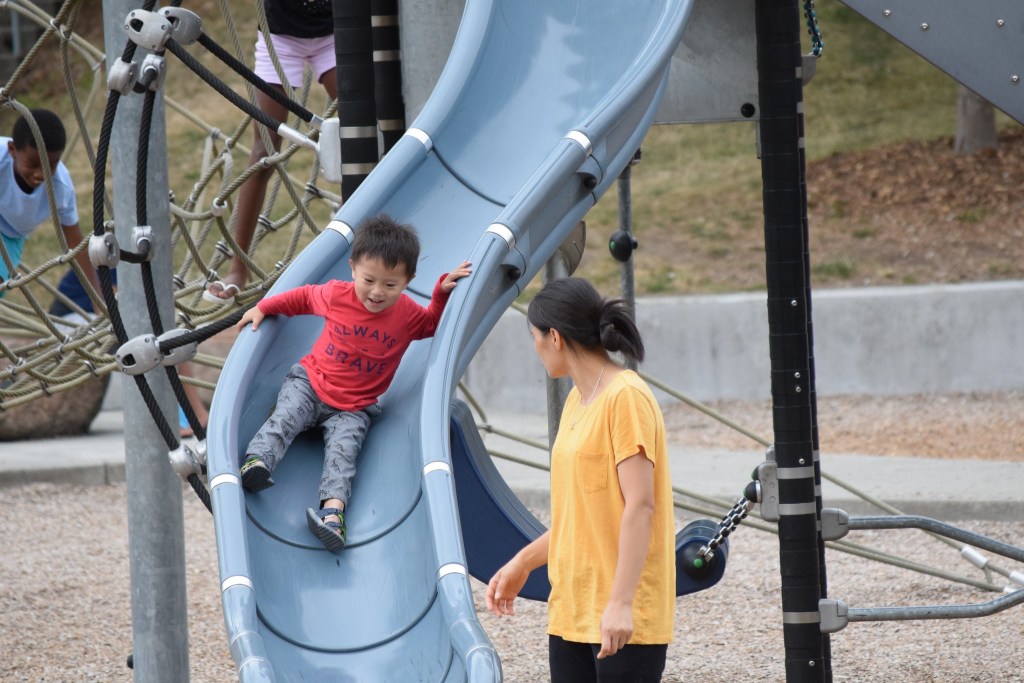
The next time you head out to play, keep these guidelines in mind for a little extra piece of mind. The AAOS has even more tips available at OrthoInfo.org. And get ready to enjoy unrestricted access to your favorite spaces!
––Sarah Shebek
Featured image: Sarah Pflug via Burst
RELATED STORIES
